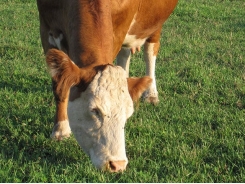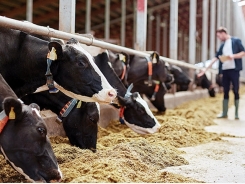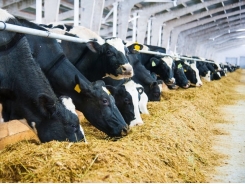Robotic milking systems present challenges, opportunities

Recent review of milk quality data suggests at least some milk quality concerns may be warranted with robotic milking systems
Milking robots were first introduced in Europe in 1990 and in Canada in 1999. According to David Kelton at the University of Guelph in Ontario, an estimated 15% of dairy farms across Canada utilize robotic milking systems. While some systems have been installed in retrofitted barns, others have had new housing systems designed to maximize their potential for improved animal and labor efficiency.
Kelton said advocates of robotic milking point to labor savings of up to 30%, the ability to easily segregate milk from cows with non-marketable milk and welfare advantages related to cows being able to determine their own milking frequency.
Detractors, on the other hand, suggest that the milk from robot-milked herds is of inferior quality (higher somatic cell count and bacterial counts) and may contain more free fatty acids due to more aggressive milk handling than milk from farms using traditional milking systems.
A recent review of milk quality data from more than 3,600 dairy farms in Ontario, where almost 11% of the farms used robotic milking systems, were compared with parlor and pipeline milked herds and suggested that at least some of these milk quality concerns may be warranted, Kelton said.
While raw milk quality penalties for somatic cell count did not differ among the systems, robotic herds had more penalties for elevated bacterial counts, freezing point and inhibitors, Kelton said. He noted that a more detailed analysis is currently underway to better describe and interpret these milk quality differences and to determine if there are important differences in free fatty acid levels in milk from robot-milked herds.
Có thể bạn quan tâm
Phần mềm

Phối trộn thức ăn chăn nuôi

Pha dung dịch thủy canh

Định mức cho tôm ăn

Phối trộn phân bón NPK

Xác định tỷ lệ tôm sống

Chuyển đổi đơn vị phân bón

Xác định công suất sục khí

Chuyển đổi đơn vị tôm

Tính diện tích nhà kính

Tính thể tích ao hồ




 Breed-level selection pressure may influence cattle immunity, color
Breed-level selection pressure may influence cattle immunity, color  Formulate prepartum dairy rations to the proper DCAD…
Formulate prepartum dairy rations to the proper DCAD…